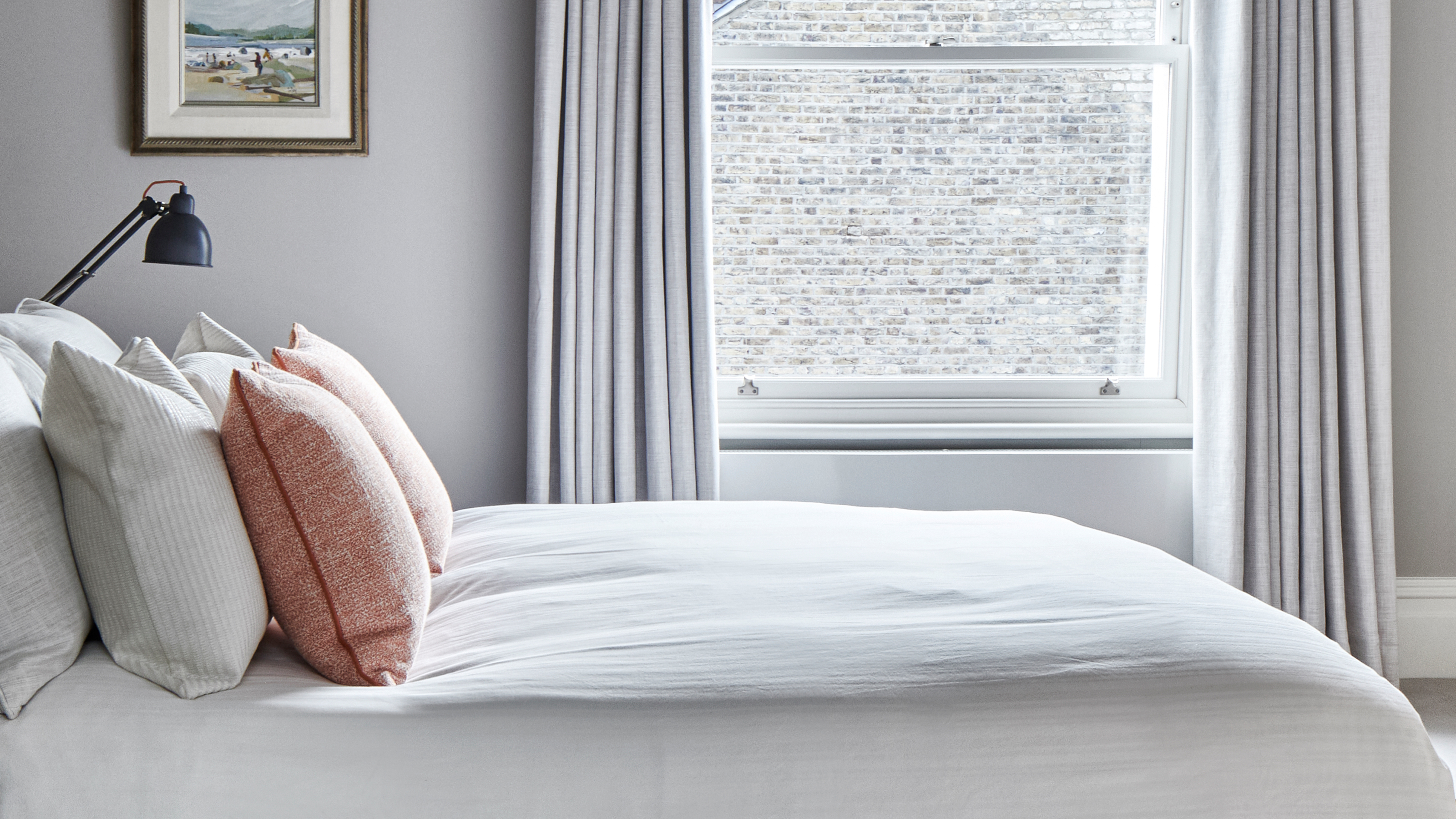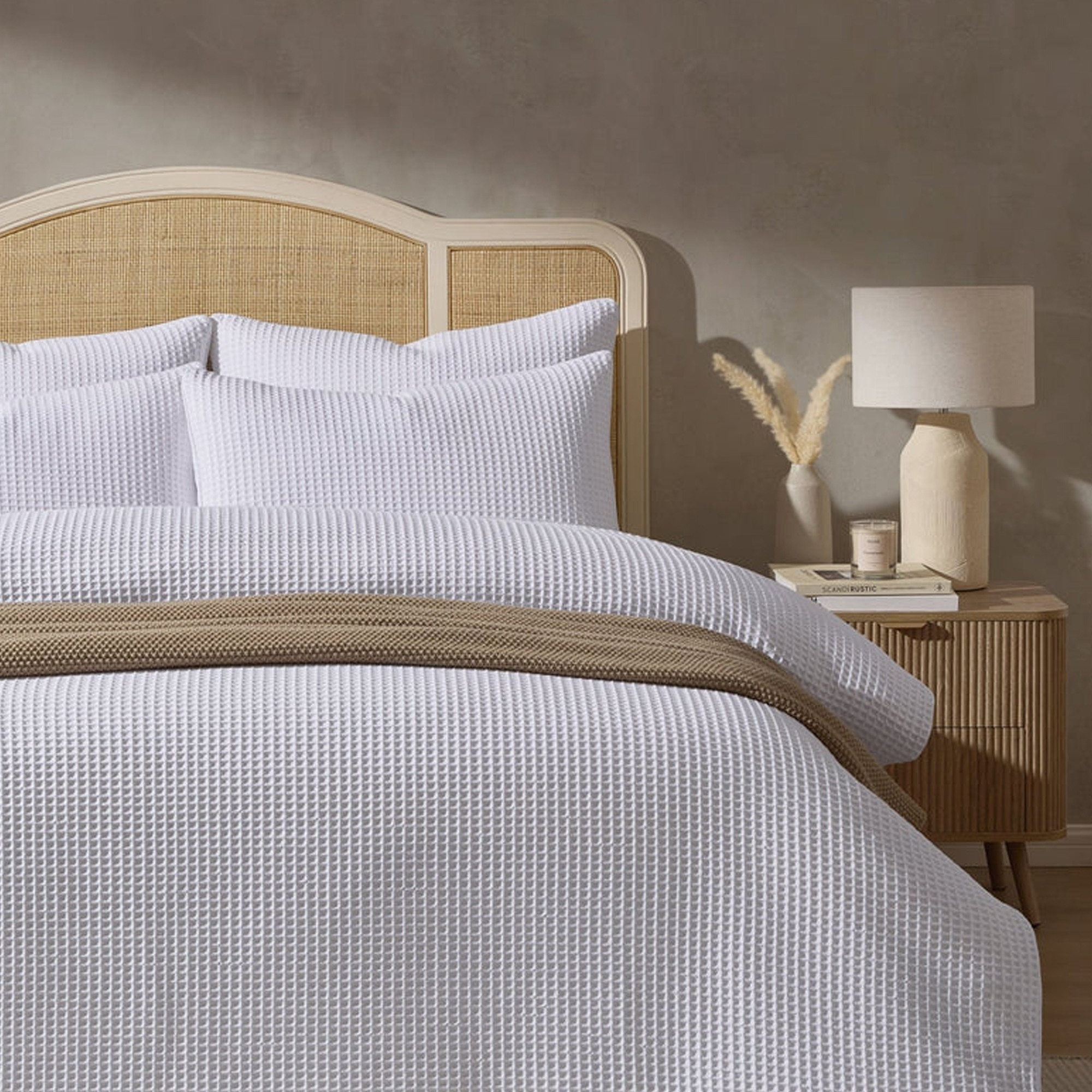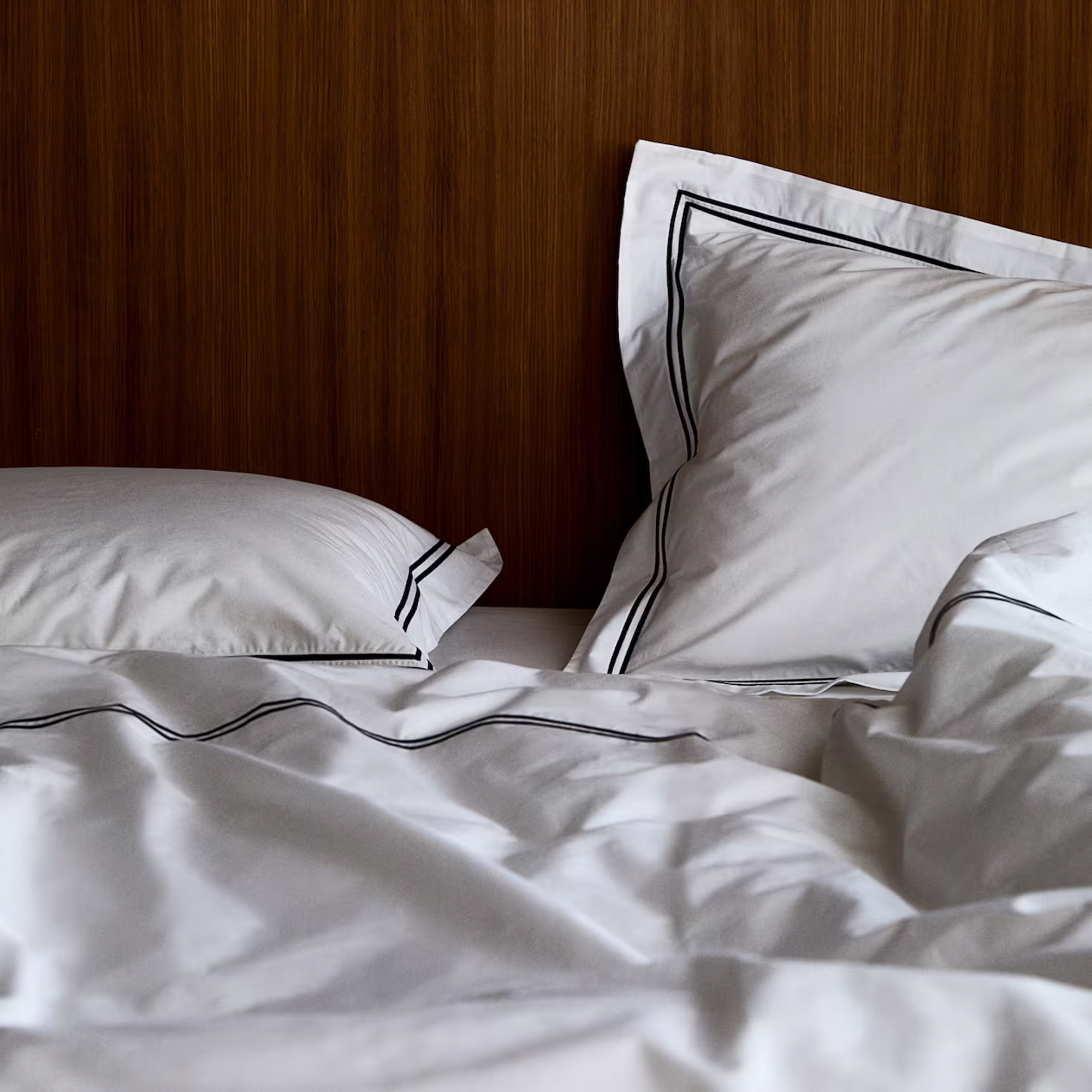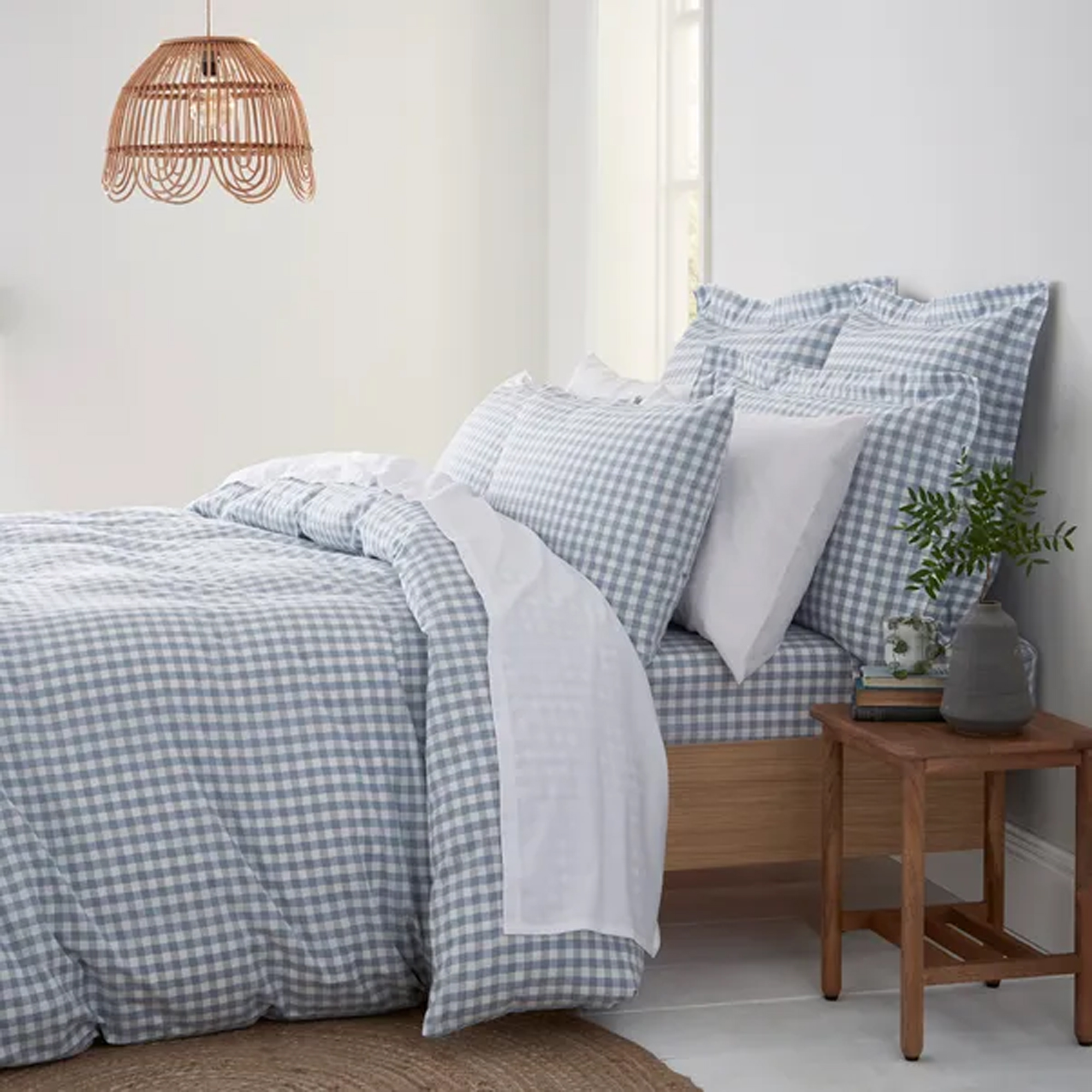Experts say there’s a simple hack for sleeping cooler this summer – and it’s all about your bedding colour
Overheating at night? According to sleep experts, the colour of your bedding could be the culprit


Weather forecasters tell us there’s another heatwave on the way this week, and although we may all welcome the incoming blast of sunshine, in my opinion, there is one major downside to any heatwave, and that's struggling to sleep if it's too warm at night.
However, sleep experts have recently revealed a simple hack for staying cool in bed when the sun is at its most powerful, and, perhaps surprisingly, it's all about the colour of your bedding.
'Summer calls for a lighter sleep setup, explains Alison Jones, sleep expert at Sealy . That means more obvious seasonal swaps like ditching your winter duvet and switching to a cooler summer duvet, and swapping heavier bed linen like brushed cottons or sateen sheets for lighterweight, more breathable options. Still, beyond that, 'even bedding colour plays a role' says Alison.
'Lighter colour sheets will reflect heat,' explains Martin Seeley, CEO and sleep expert at MattressNextDay, 'while darker colours will absorb it. So, during the summer months, or all the time if you prefer a cooler sleep, opt for white or light bed sheets and duvet covers.'
This is particularly relevant if your bed is placed somewhere where sunlight from a window can fall on it during the day. In this case, 'darker sheets will absorb more heat throughout the day, explains Adeel Ul-Haq, sleep expert and co-founder of Divan Beds, so, 'switching to lighter sheets can make a big difference at night.'
Shop light coloured bedding

DUSK's 200-threadcount cotton percale Portofino Waffle bedding collection gets rave reviews for good reason. It's lightweight, breathable, and its waffle texture gives the plain white bedding some extra wow-factor. It's also an affordable summer bedding option that requires no ironing – a big win in my book!

If you want to avoid overheating, opt for light coloured bedding that's made from breathable fabrics such as cotton percale or linen. The Linot Washed Linen bedding collection from La Redoute is one of my top recommendations, especially if you can time your purchase with one of the brand's regular sales.

If you prefer a smarter look, H&M is my go-to store for luxe-look bedding on a budget. This 300 threadcount cotton percale bedding set is still breathable enough for summer, but the fabric is a little more closely woven to create a luxurious feel. Add to that the smart black or white embroidered edging and you have a clean and crisp look that's reminiscent of a five-star hotel.
I've rounded up three of my top white bedding picks above, but what if you don't like the look of white bedding? Don't worry, you don't have to embrace pure white bedding to beat the heat.
'Lighter shades like pale blues and pinks are not only soothing to the eye, they also tend to retain less heat than darker hues,' shares Sealy's Alison Jones, and the same applies to any pastel hue. Soft yellows, pale pinks and peaches, or light greys and beiges will all retain less heat than dark olive green, navy, or dark grey bedding.
Sign up to our newsletter for style inspiration, real homes, project and garden advice and shopping know-how

Bedding in pale colourways, like Dunelm's bestselling Portloe Woven Gingham Bedding Set will still sleep cooler than dark coloured bedding.
On the flipside, the same can work in reverse in winter, when you might want to harness the powers of dark coloured bedding to absorb the heat of the sun during the day.
That's why, when it comes to the question of how many sets of bedding you should have, I personally recommend considering seasonal duvet covers as well as seasonal duvets – dark-coloured bedding sets for winter made from cosy fabrics like brushed cotton, and light-coloured bedding sets for summer made from breathable fabrics like cotton percale or linen.

Amy is Ideal Home’s Sleep Editor and the Ideal Home Certified Expert on Sleep. She's spent the last four years researching and writing about what makes for the best night’s sleep during the day and testing out sleep products to find the best-in-class by night. So far she’s clocked up over 10,000 hours of pillow, duvet, and mattress testing experience.
Our go-to for all things sleep-related, she’s slept on and under bestselling products from Simba, Emma, Hypnos, Tempur, Silentnight, Panda, and many many more.
As a hot sleeper, Amy is always on the lookout for the most breathable bedding, but she also leads a wider team of testers to ensure our product testing encompasses both hot sleepers, cold sleepers, front sleepers, back sleepers, side sleepers, and everything in-between.